We often don't give a second thought when throwing away leftover food. Well, you’re in for a surprise. Those kitchen scraps you usually throw away can actually grow into fresh, new plants. It's not just a fun and rewarding activity but also a great way to save money and reduce waste. As such, we came up with a list of 23 plants you can grow from scraps.
Think about it: you can turn those leftover potato peels, apple cores, or even that old piece of ginger into a thriving mini-garden right at home. With just a little bit of sunlight, some soil, and a bit of patience, you can watch your kitchen waste transform into something useful.
Growing food from scraps is also a great way to gain a supply of fresh produce at your fingertips means you can enjoy the freshest ingredients for your meals. There’s nothing quite like the taste of homegrown food. So why not give it a try? Turn those scraps into a thriving garden and enjoy the benefits of fresh, home-grown food without the extra cost.
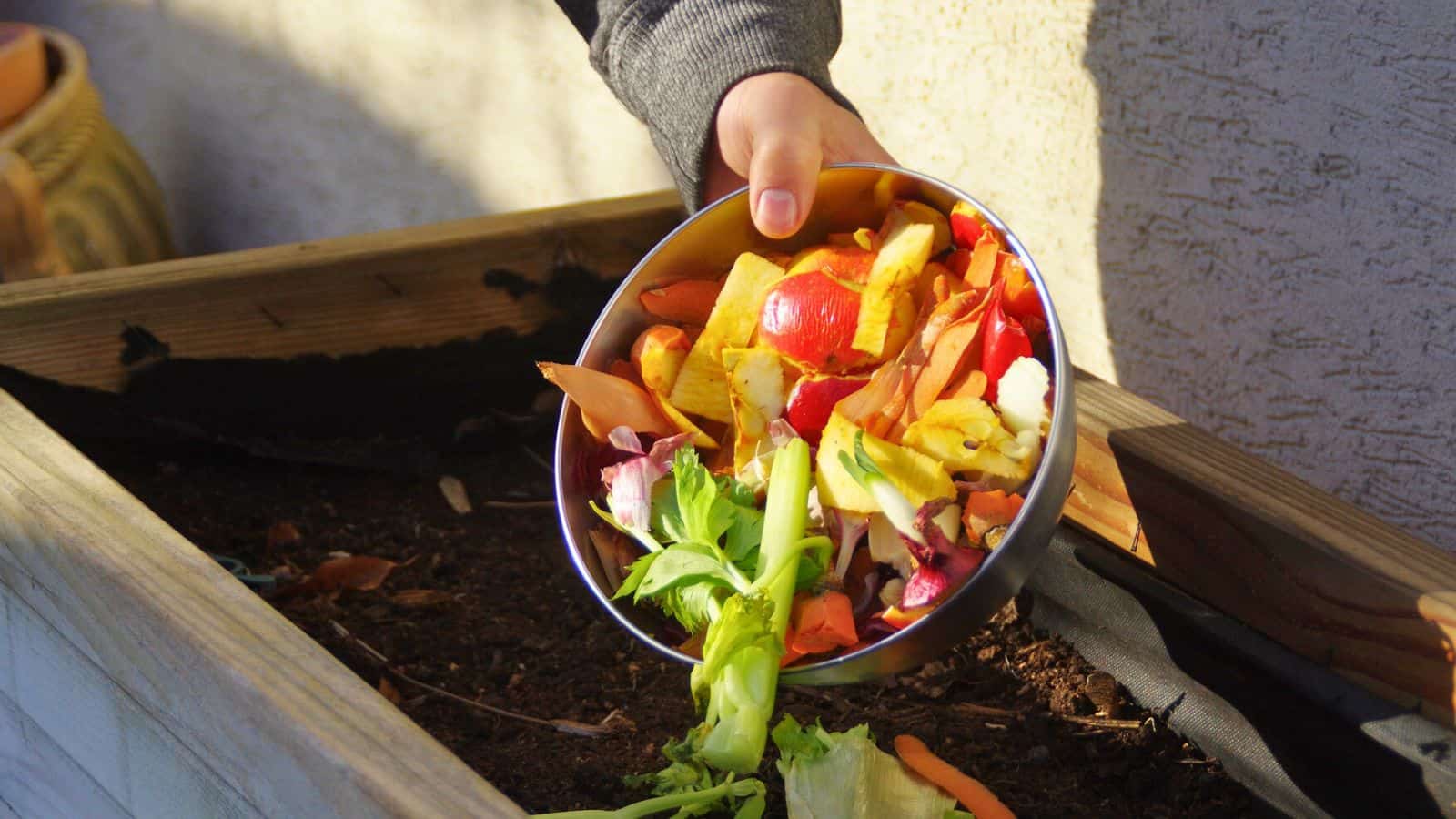
Coriander
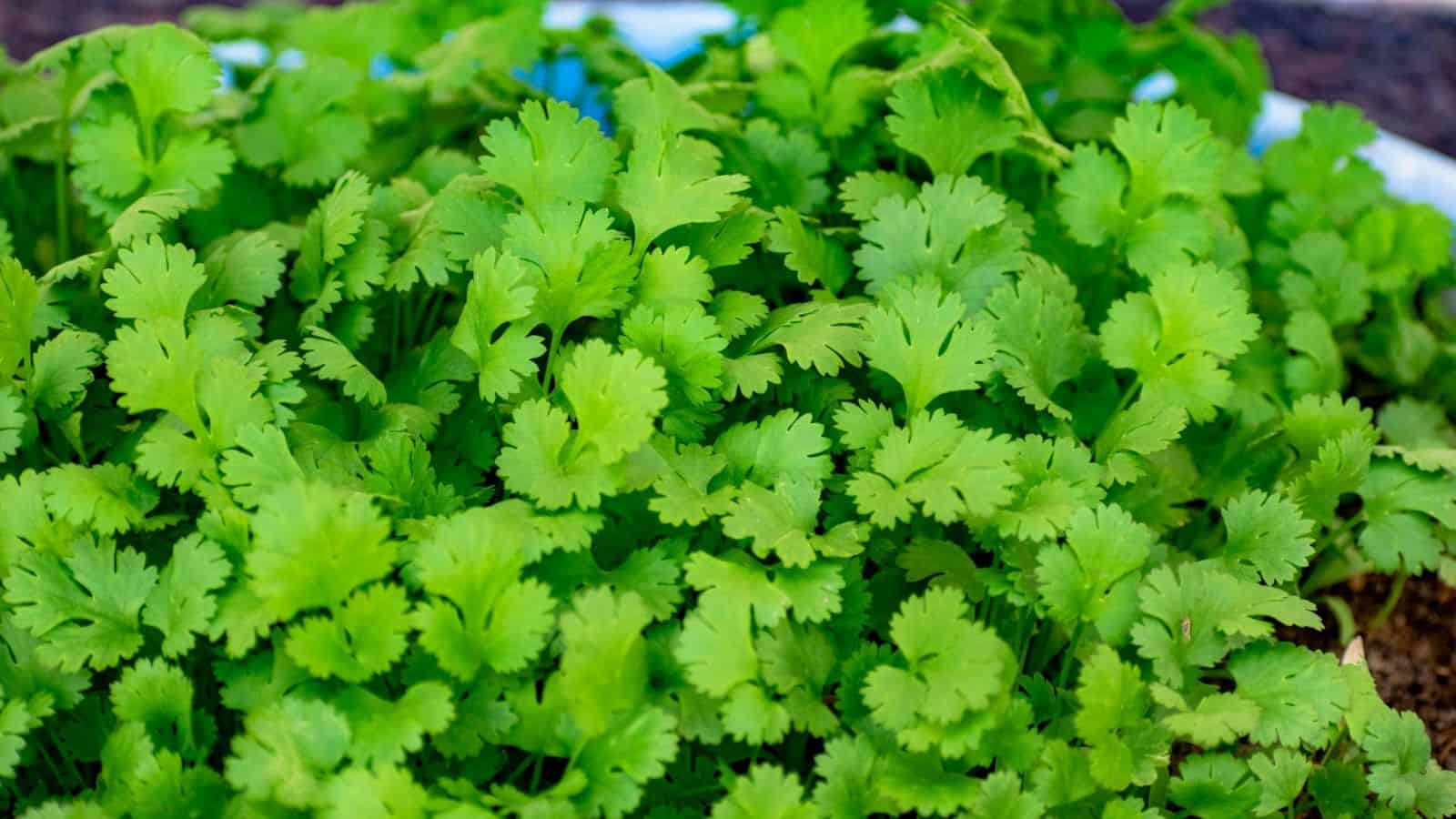
Coriander (cilantro) is easy to grow from seeds. Save the seeds from a fresh coriander plant or buy them. Plant the seeds in well-drained soil in a sunny spot. Coriander grows quickly and prefers cooler temperatures. The leaves are used fresh in salads, salsas, and as a garnish, while the seeds can be ground and used as a spice. Coriander adds a fresh, citrusy flavor to many dishes, including curries, soups, and marinades. Both the leaves and seeds are commonly used in various cuisines.
Sweet Potatoes
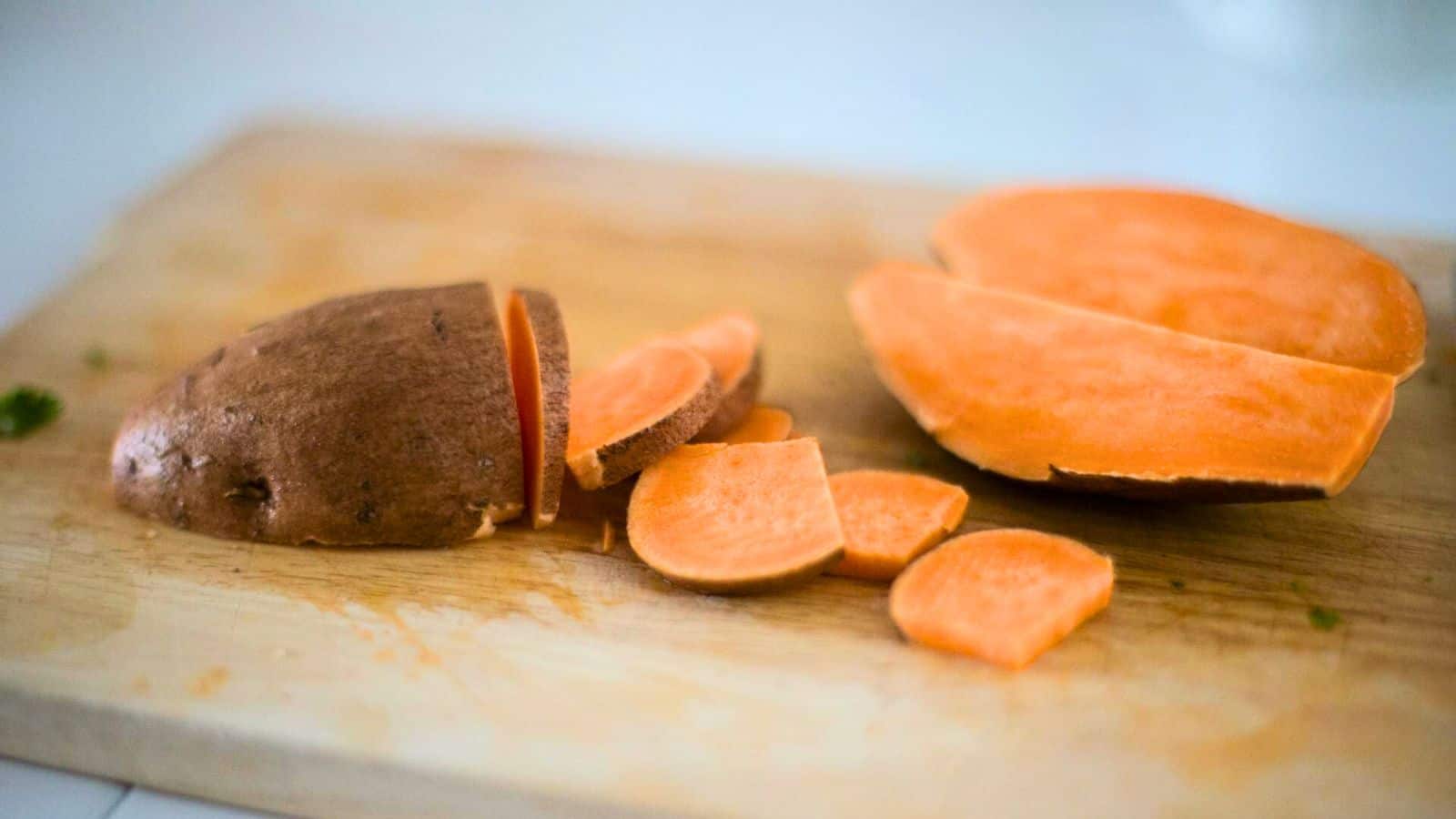
Sweet potatoes are easy to grow from scraps. Cut a sweet potato in half and place it in water with toothpicks holding it partially submerged. Once roots and shoots (called slips) develop, separate the slips and plant them in the soil. Sweet potatoes need warm weather and well-drained soil. They are versatile in the kitchen and are used for baking, mashing, roasting, and frying. Sweet potatoes can be used in dishes like casseroles, pies, salads, and soups. They are also a healthy alternative to regular potatoes.
Pumpkins

Growing pumpkins from seeds is relatively easy and rewarding. To begin, save the seeds from a fresh pumpkin, thoroughly clean them to remove any pulp, and allow them to dry completely. Once dry, plant the seeds in well-drained soil in a sunny spot. Pumpkins require several months to mature, so patience is key. They are commonly used in a variety of autumn recipes, such as pumpkin pie, creamy soups, and roasted pumpkin dishes. Pumpkins are a versatile ingredient in both sweet and savory dishes, imparting a rich, earthy flavor.
Cherries
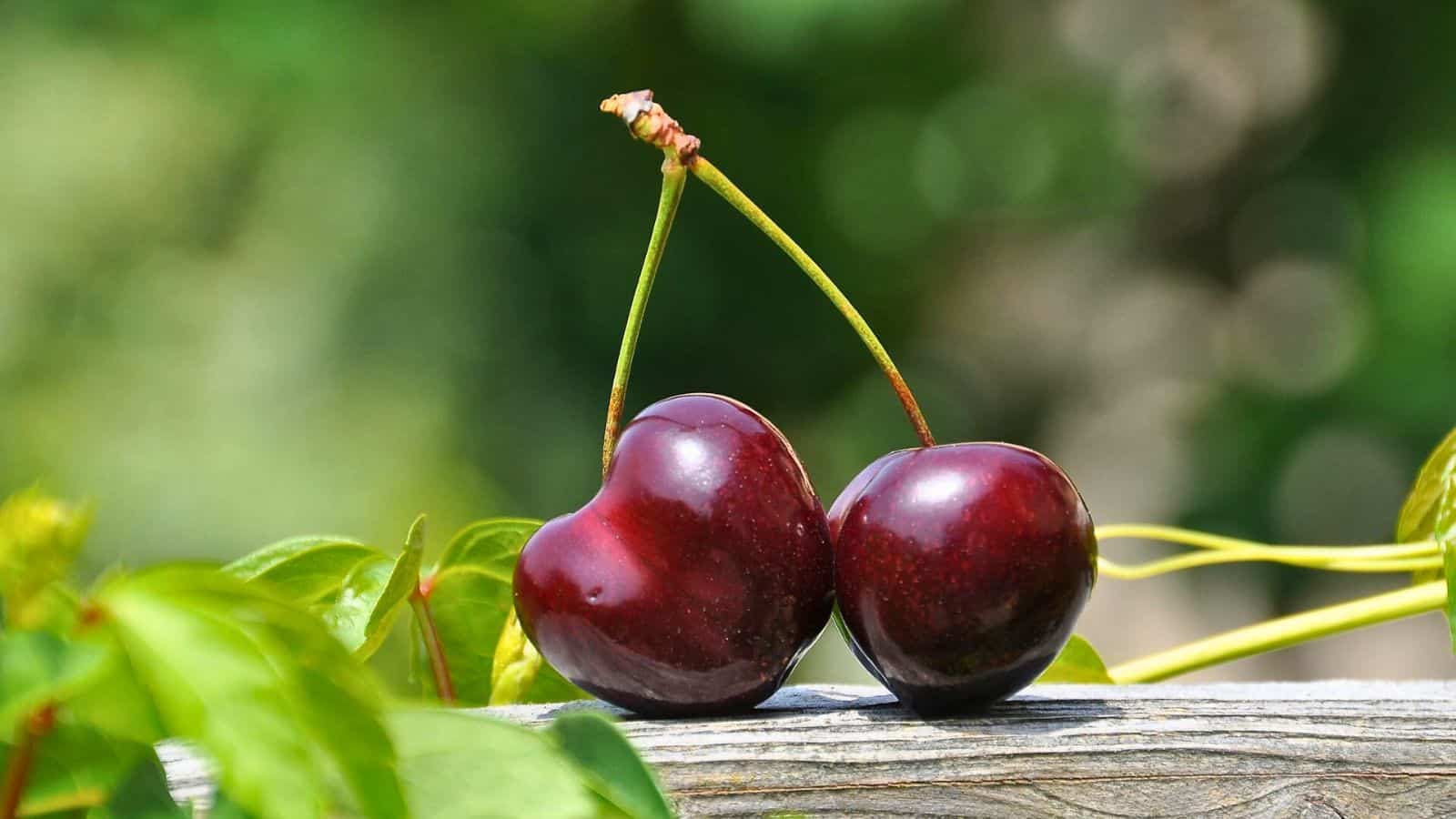
Growing cherry trees from seeds is a long-term project and can be challenging. Save the pits from fresh cherries, clean them, and let them dry. Stratify the pits by placing them in a container with moist sand and storing them in the refrigerator for several weeks. After stratification, plant the seeds in well-drained soil in a sunny spot. Cherry trees take several years to mature and bear fruit. Fresh cherries are delicious in pies, jams, salads, cobblers, and as a snack. They can also be used to make sauces and beverages.
Turnips
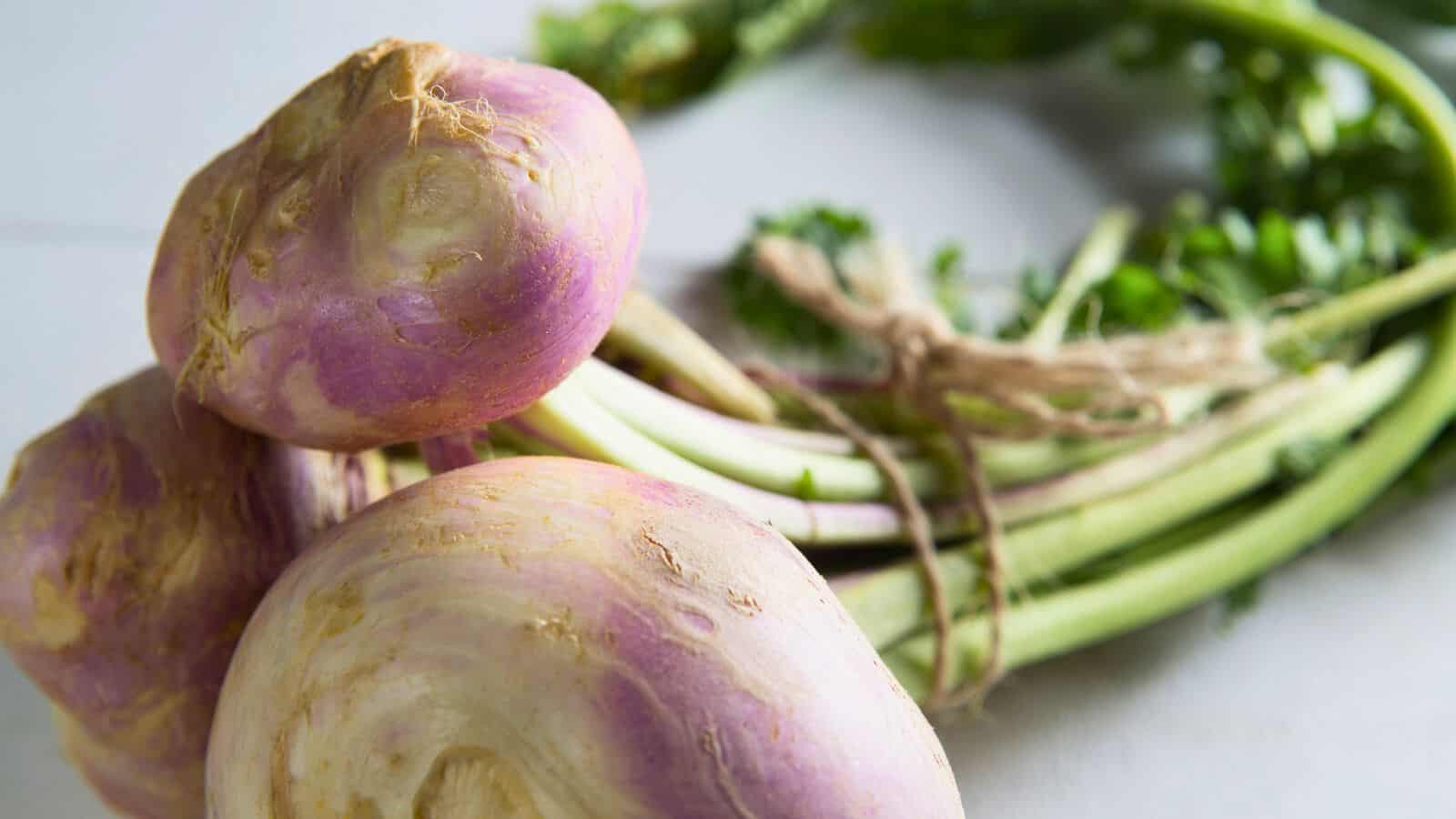
Turnips can be regrown from the tops of the vegetable. Cut off the top of the turnip, leaving about an inch of the root. Place the top in a shallow dish of water, making sure the root end is submerged. Once roots and leaves develop, transplant the turnip top into the soil. Turnips are best grown in cooler climates and take a few months to mature. They can be used in soups, stews, roasted dishes, and salads. Both the root and the greens are edible and nutritious.
Apples

Growing apple trees from seeds is a long-term commitment and can be challenging. Save the seeds from an apple, then clean and dry them. Stratify the seeds by placing them in a damp paper towel in a plastic bag in the refrigerator for several weeks. After stratification, plant the seeds in well-drained soil in a sunny location. Apple trees take several years to mature and bear fruit. Apples are versatile, perfect for eating fresh, baking in pies and cakes, making sauces, or drying as snacks. They are also used in juices and ciders.
Lemongrass
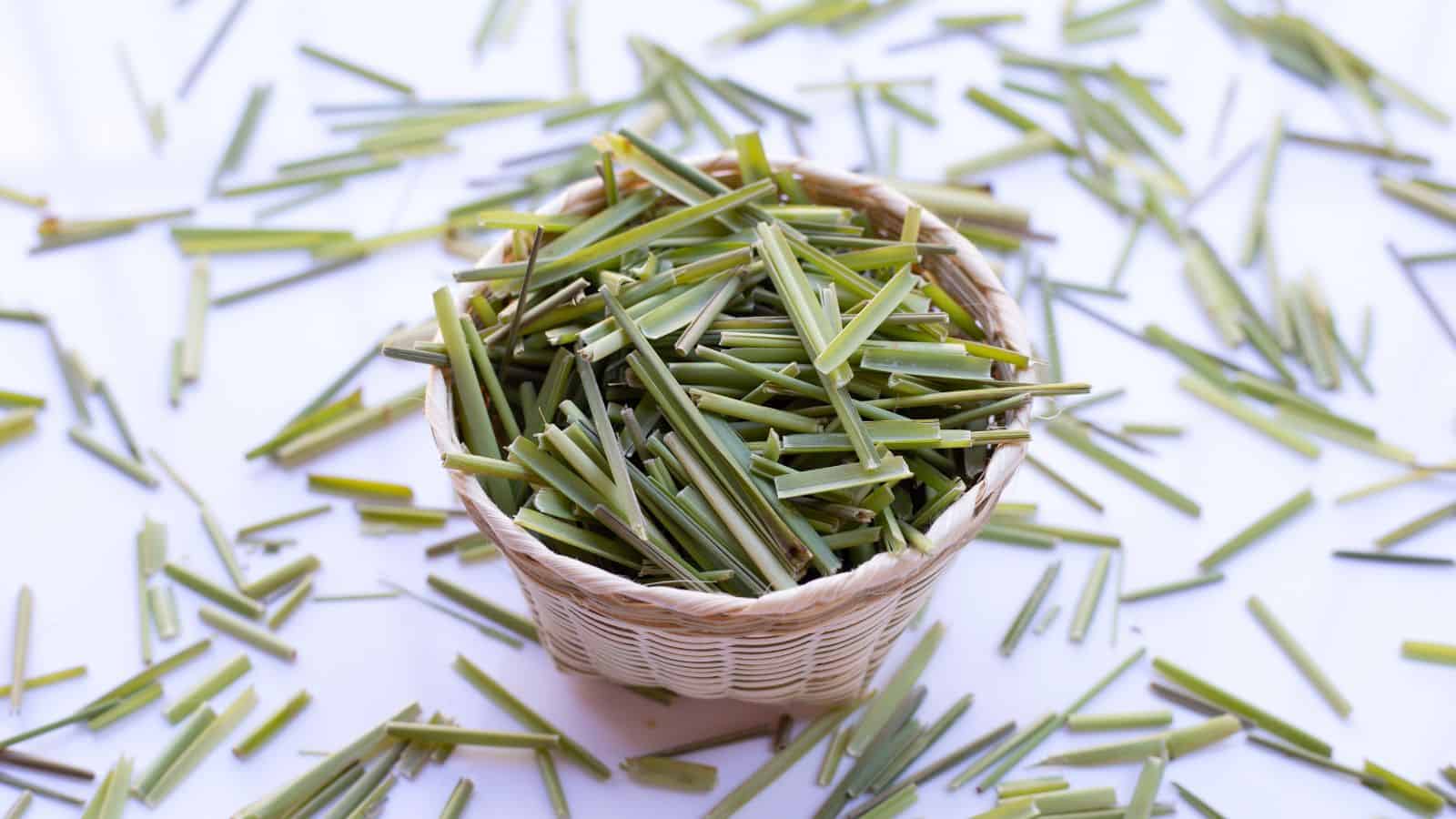
Lemongrass is quite easy to grow from leftover stalks. Start by placing the bottom ends of lemongrass stalks in a glass of water. Once roots develop, transfer them to a pot or garden bed with well-drained soil and plenty of sunlight. Lemongrass grows well in warm, tropical climates but can be grown indoors in cooler areas. It is a key ingredient in many Asian cuisines, adding a fresh, lemony flavor to dishes such as soups, curries, and stir-fries. Lemongrass can also be used to make tea and infuse oils.
Pineapple

Pineapples can be grown from the top of the fruit. Twist off the leafy crown, remove a few of the lower leaves, and let it dry for a day or two. Plant the crown in well-drained soil and place it in a sunny location. Pineapples need warm, tropical climates and take a long time (up to two years) to produce fruit. Fresh pineapple is delicious in fruit salads, smoothies, salsas, and as a topping for pizza. It can also be incorporated into margarita mocktails or virgin piña coladas.
Ginger

Ginger is an easy plant to grow from scraps, making it a popular choice for home gardeners. Start with a fresh ginger root that has visible eye buds. Soak the root in water overnight, then plant it in a pot with the buds facing up. Keep the soil moist and place the pot in a warm, indirect sunlight location. Ginger grows slowly, taking several months to mature. It is commonly used in recipes such as stir-fries, teas, soups, and baked goods. Fresh ginger can even be combined with lychee to make an awesome martini mocktail.
Avocado
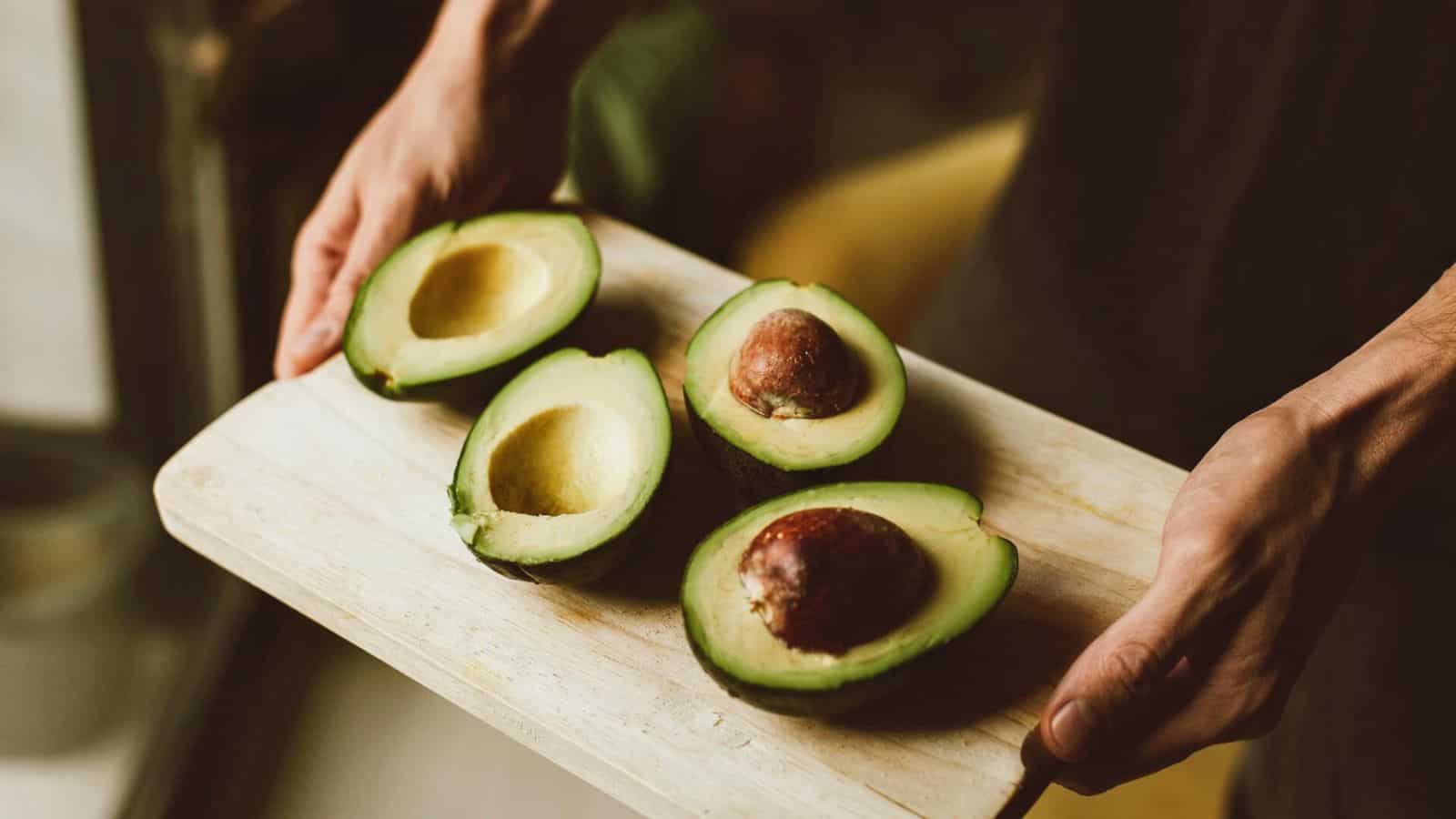
Avocado trees can be grown from the pit of the fruit. Clean the pit and suspend it over a glass of water using toothpicks, with the bottom half submerged. Once roots and a stem develop, transplant the pit into soil. Avocados need warm temperatures and plenty of sunlight, taking several years to bear fruit. They are rich and creamy, perfect for guacamole, salads, sandwiches, and smoothies. Avocados add a healthy, nutritious element to many dishes and can be used as a spread or in desserts.
Onions

Onions can be regrown from the root end. Cut off the bottom of the onion, leaving about an inch of the root. Place the root end in a shallow dish of water, making sure the roots are submerged. Once roots develop, transplant the onion bottom into the soil. Onions need full sun and well-drained soil. They are a staple in many recipes, adding flavor to soups, stews, salads, and stir-fries. Onions can be used in a variety of dishes, from caramelized onions on burgers to raw slices in salads.
Potatoes
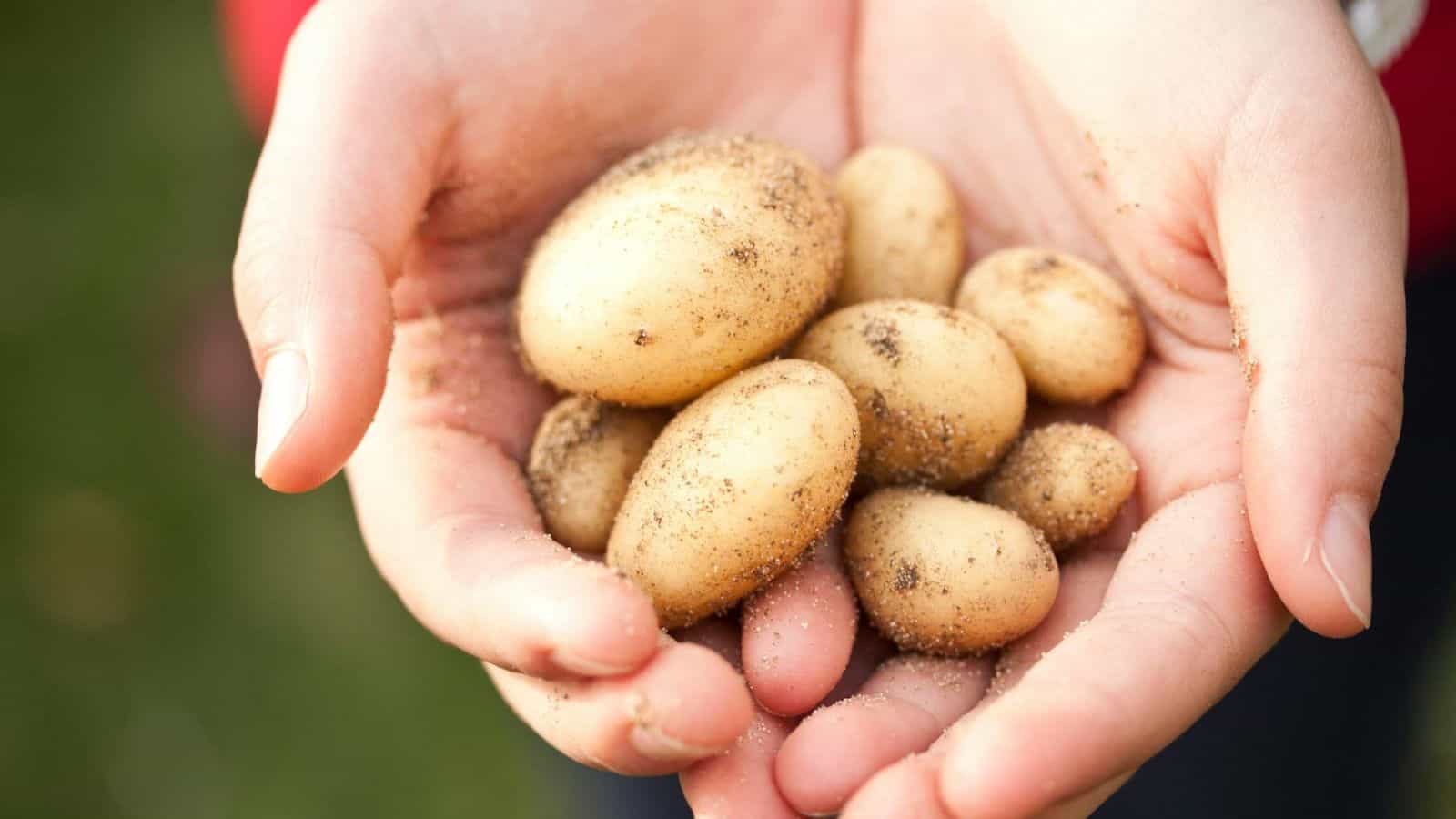
Growing potatoes from scraps is relatively easy. To start, cut a potato into pieces and make sure each piece has at least one eye or bud. Let the pieces dry out for a day to prevent rotting, then plant them in well-drained soil with the eyes facing up. Potatoes thrive in cooler climates and require plenty of sunlight. These tubers are versatile in the kitchen, perfect for mashing, roasting, baking, or frying. They can be used in a wide range of dishes, from classic mashed potatoes and French fries to more complex recipes like potato gratin and shepherd's pie.
Lettuce
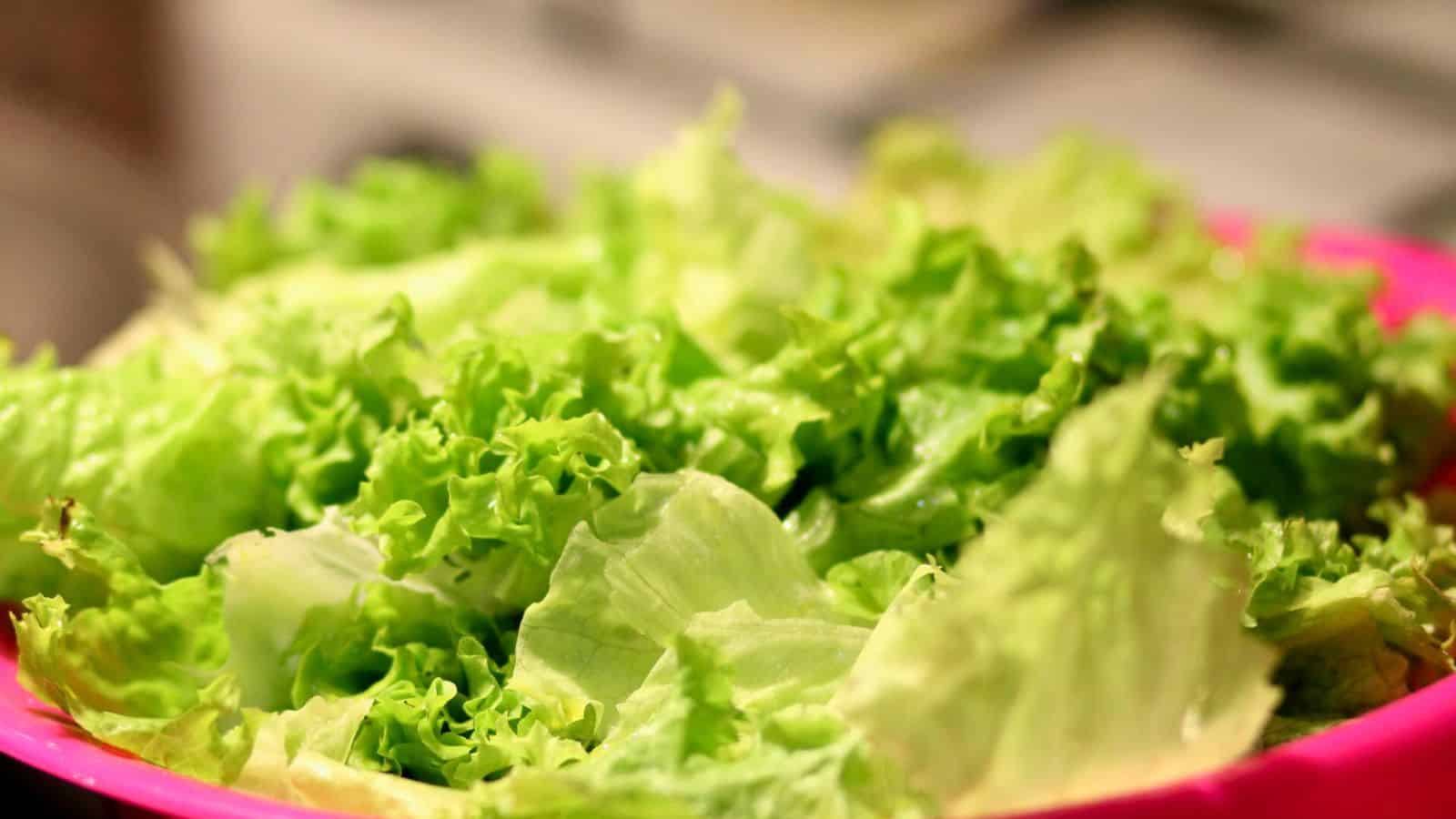
Lettuce is easy to regrow from the base of the head. Cut off the bottom of the lettuce, leaving about an inch. Place the base in a shallow dish of water and keep it in a sunny location. Once roots and new leaves develop, transplant the lettuce base into the soil. Lettuce grows quickly and is best in cooler climates. It is a staple in salads, sandwiches, and wraps. Fresh lettuce adds a crisp, refreshing texture to many dishes and can be used as a garnish or in smoothies.
Basil

Basil is easy to grow from cuttings. Take a stem cutting with several leaves and place it in a glass of water. Once roots develop, transplant the cutting into a pot with well-drained soil. Basil needs plenty of sunlight and warmth. It is a popular herb in many cuisines, especially Italian. Basil is used in pesto, salads, pasta dishes, and as a garnish for soups and pizzas. Fresh basil adds a sweet, aromatic flavor to many recipes and can be used to infuse oils and vinegars.
Celery
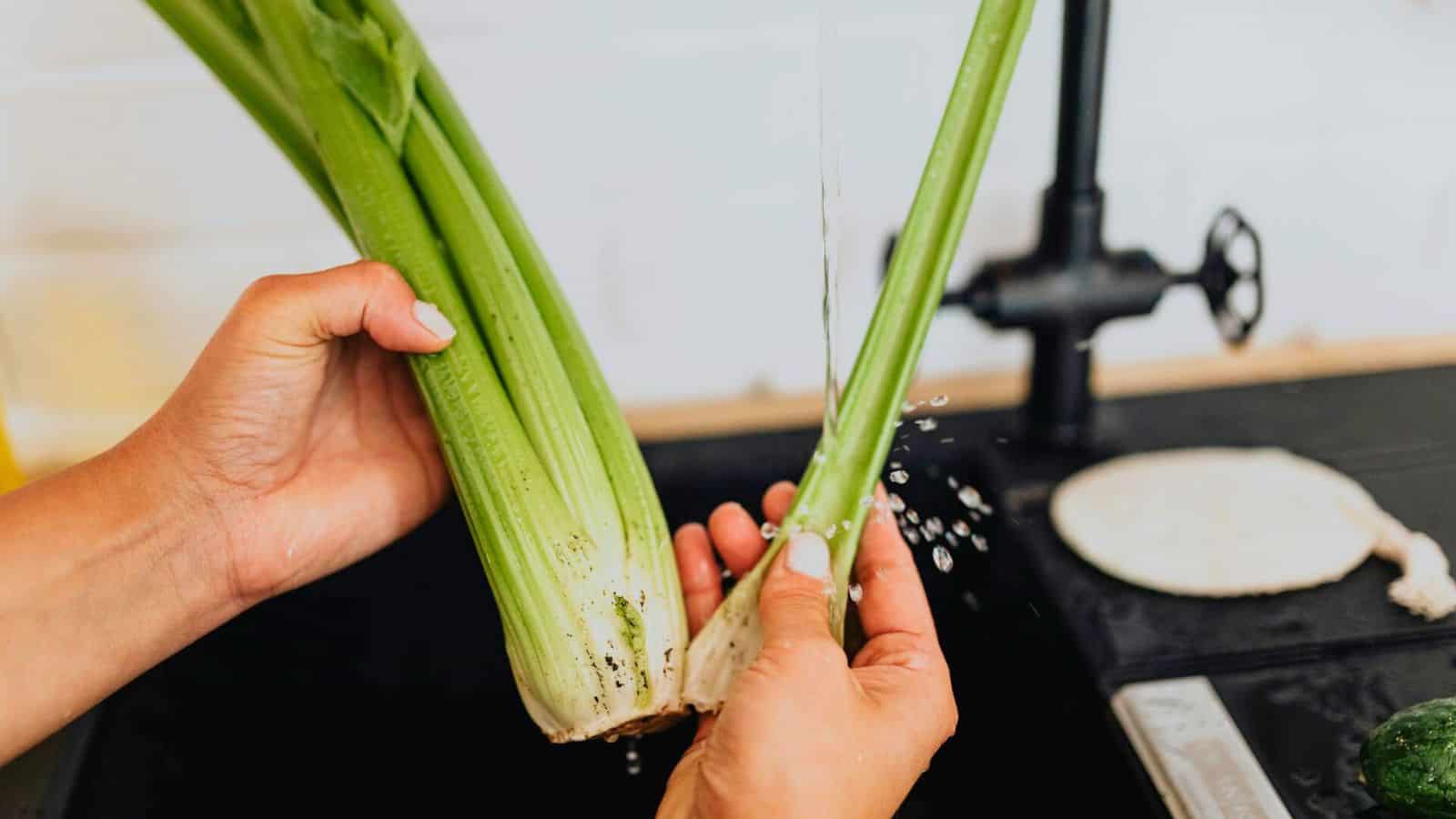
Celery can be regrown from the base of the stalk. Cut off the bottom of the celery, leaving about an inch. Place the base in a shallow dish of water and keep it in a sunny location. Once roots and new leaves develop, transplant the celery base into the soil. Celery grows best in cooler climates and needs consistent moisture. It is a crunchy, refreshing addition to salads, soups, stews, and stir-fries. Celery can also be used as a snack with dips or in juice blends.
Bean Sprouts
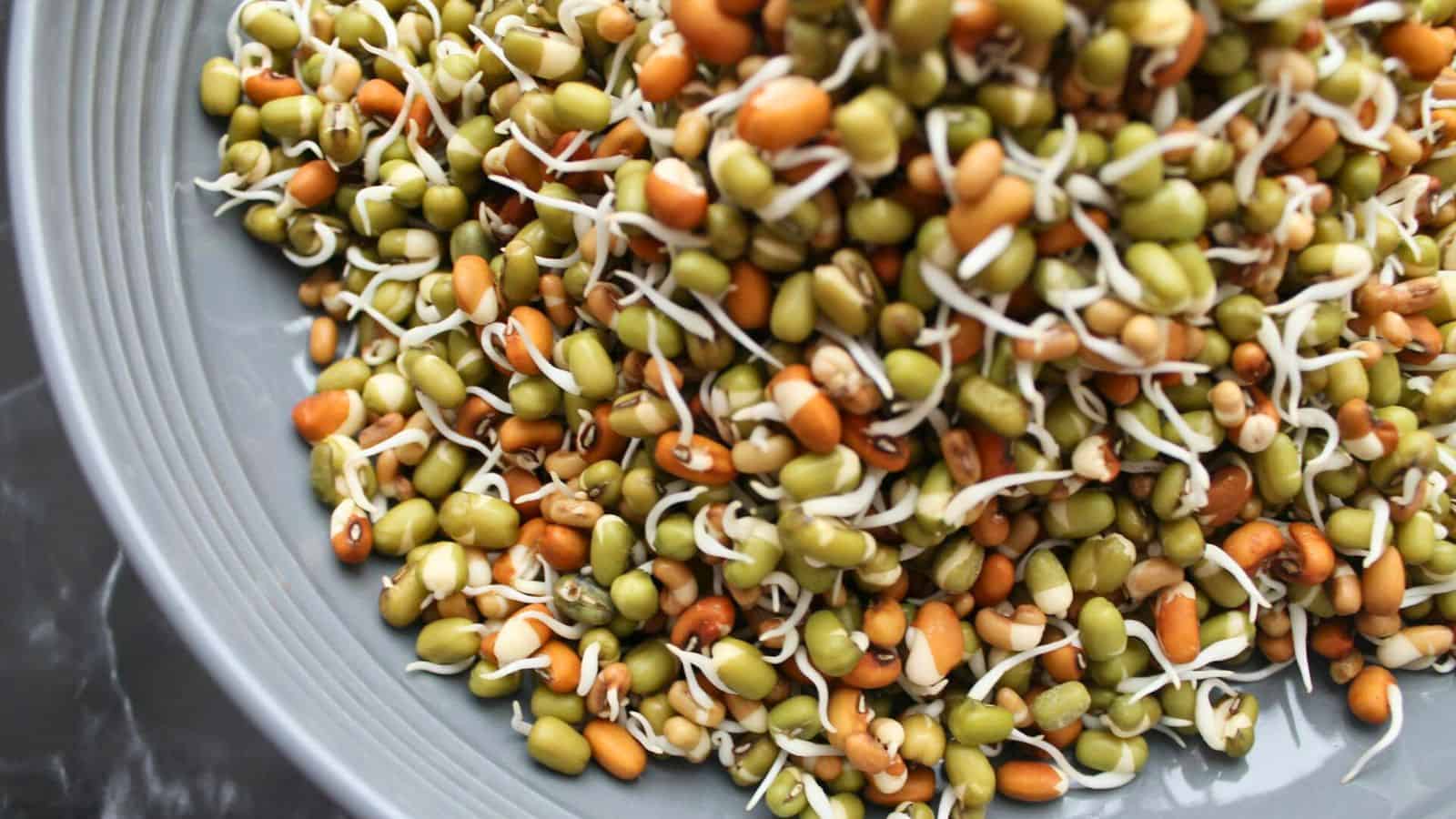
Bean sprouts are very easy to grow from leftover beans. To begin, rinse the beans (such as mung beans or soybeans) thoroughly and soak them in water overnight to kickstart the sprouting process. After soaking, drain and rinse the beans daily, keeping them in a jar or container covered with a cloth to maintain the necessary humidity. Within a few days, you'll have fresh, crunchy bean sprouts ready for use. They are a nutritious addition to a variety of dishes, enhancing salads, sandwiches, and stir-fries with their crisp texture and subtle flavor.
Lemons

Growing lemon trees from seeds is a long-term project and can be challenging. Save the seeds from a lemon, clean and dry them. Plant the seeds in well-drained soil in a pot, and place it in a sunny location. Lemon trees need a warm climate and plenty of sunlight, taking several years to produce fruit. Lemons are versatile in the kitchen and can be used in non-alcoholic beverages, desserts, marinades, and dressings. They add a bright, tangy flavor to dishes like lemon chicken, lemonade, and lemon bars.
Tomatoes
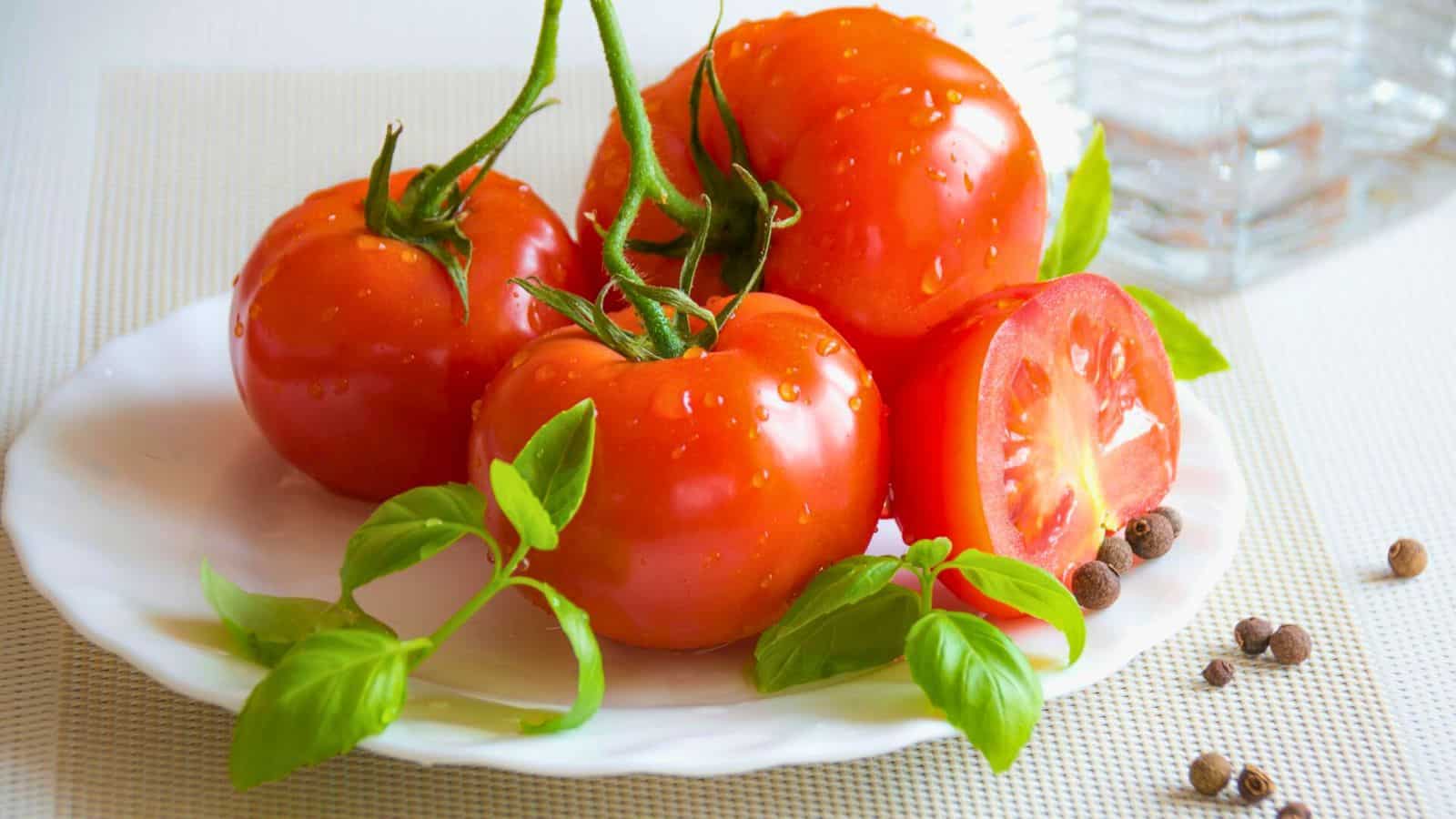
Tomatoes can be grown from seeds saved from a fresh tomato. Scoop out the seeds, rinse them, and let them dry. Plant the seeds in a pot or garden bed with well-drained soil and plenty of sunlight. Tomatoes need warm temperatures and take a few months to produce fruit. They are used in a wide variety of dishes, from salads and sandwiches to sauces, stews, and soups. Fresh tomatoes add a juicy, tangy flavor to recipes like bruschetta, pasta sauces, and salsas.
Capsicum

Capsicums (bell peppers) can be grown from the seeds of a fresh pepper. Remove the seeds and let them dry for a day or two. Plant the seeds in a pot or garden bed with well-drained soil and plenty of sunlight. Capsicums thrive in warm climates and take a few months to produce fruit. They are used in a variety of dishes, from salads and stir-fries to stuffed peppers and fajitas. Capsicums add a sweet, crunchy texture to many recipes and can be eaten raw or cooked.
Mushrooms
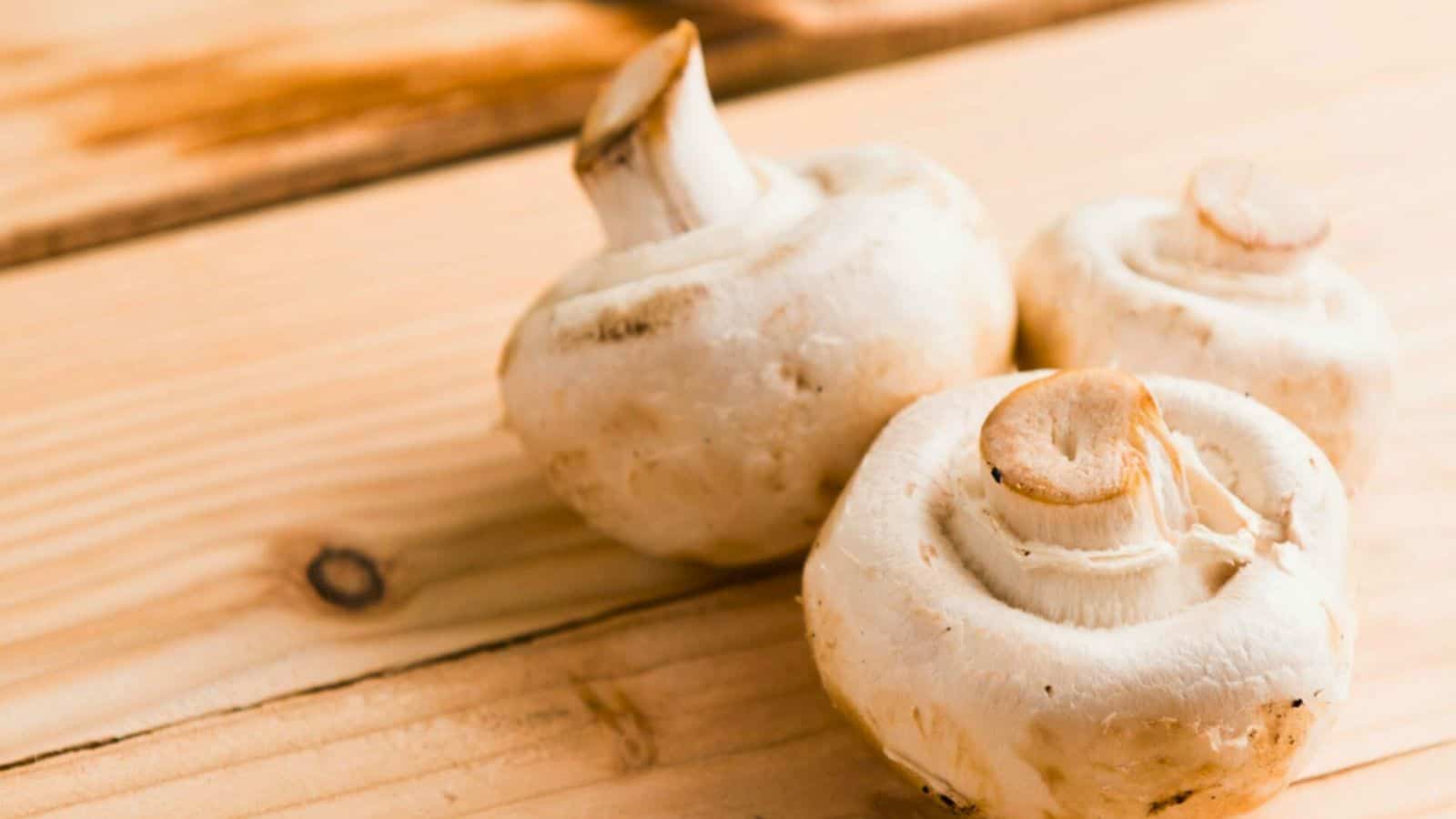
Growing mushrooms from scraps can be a bit more challenging compared to other plants. Start with a mushroom stem butt, which should be placed in a mixture of soil and compost in a dark, cool place. Maintaining high humidity and consistent temperatures is crucial for successful mushroom cultivation. This process can be tricky as mushrooms are sensitive to environmental changes. However, the effort is worthwhile because mushrooms are widely used in cooking. They impart a rich, umami flavor to dishes like risottos, pasta, pizzas, soups, stews, and stir-fries.
Peaches

Growing peaches from pits is moderately easy but requires patience. Clean and dry the peach pit, then crack it open to remove the seed. Stratify the seed in the refrigerator for a few weeks, then plant it in well-drained soil. Peaches need full sun and take a few years to bear fruit. Fresh peaches are versatile, perfect for eating as a snack, or using in pies, cobblers, smoothies, and salads. They can also be canned, frozen, or used to make jams and preserves.
Garlic

Garlic is simple to grow from leftover cloves. Select a bulb with healthy, plump cloves. Separate the cloves and plant them pointy end up in well-drained soil, about two inches deep and four inches apart. Garlic prefers full sun and cooler temperatures. It takes several months to grow, usually ready for harvest in late spring or early summer. This flavorful ingredient is a staple in many recipes, adding depth and aroma to dishes like garlic bread, pasta sauces, soups, hummus, and roasted meats. Its health benefits and versatility make it a kitchen essential.
Fennel
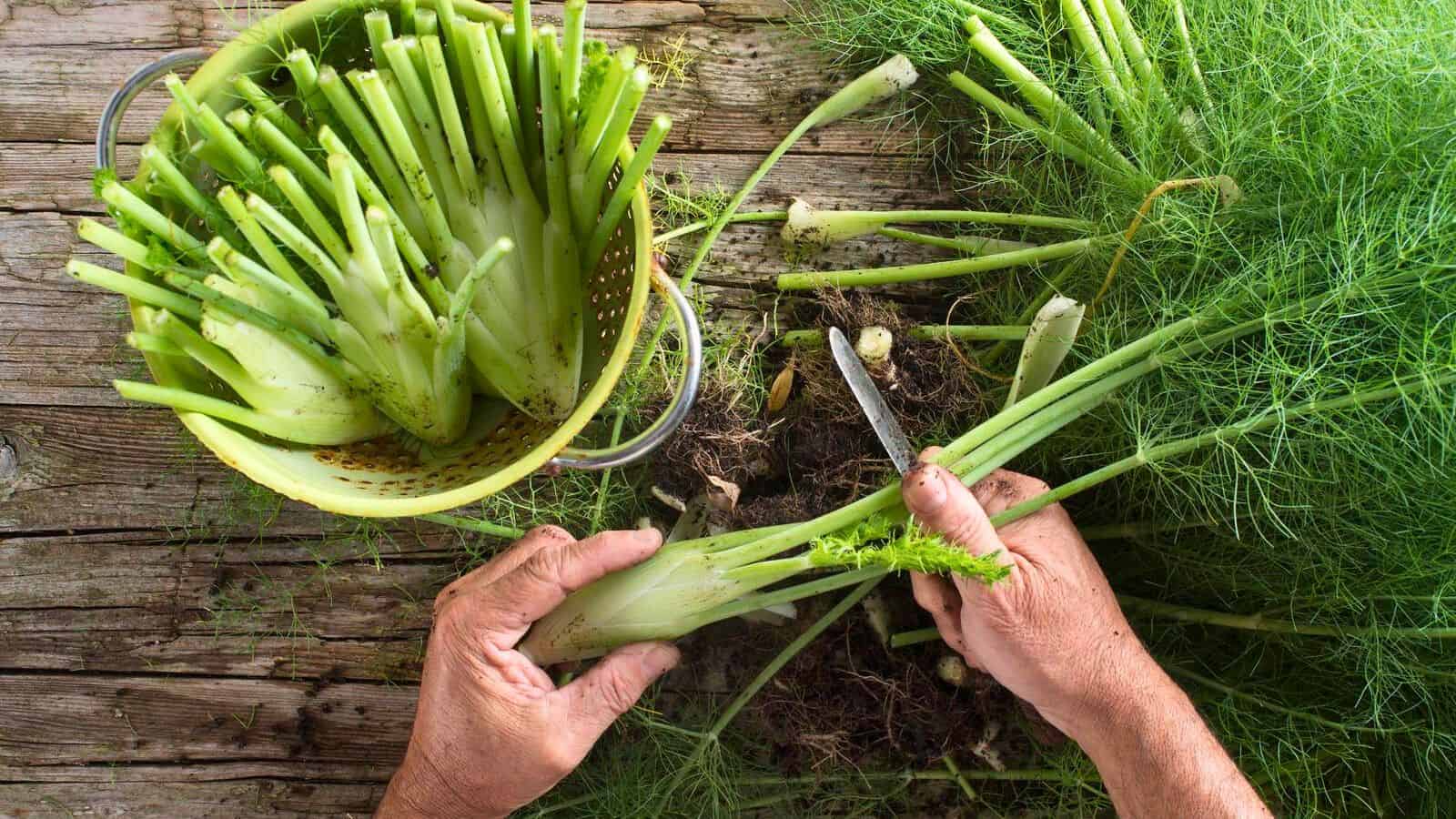
Fennel can be grown from the base of the bulb. Cut off the bottom of the fennel bulb, leaving about an inch. Place the base in a shallow dish of water and keep it in a sunny location. Once roots and new leaves develop, transplant the fennel base into the soil. Fennel prefers cooler climates and well-drained soil. It is used in both its bulb and fronds, adding a mild, sweet, anise-like flavor to dishes. Fennel can be used in salads, soups, roasted dishes, and as a garnish. The seeds are also used as a spice.
Scraps to Scrumptious!
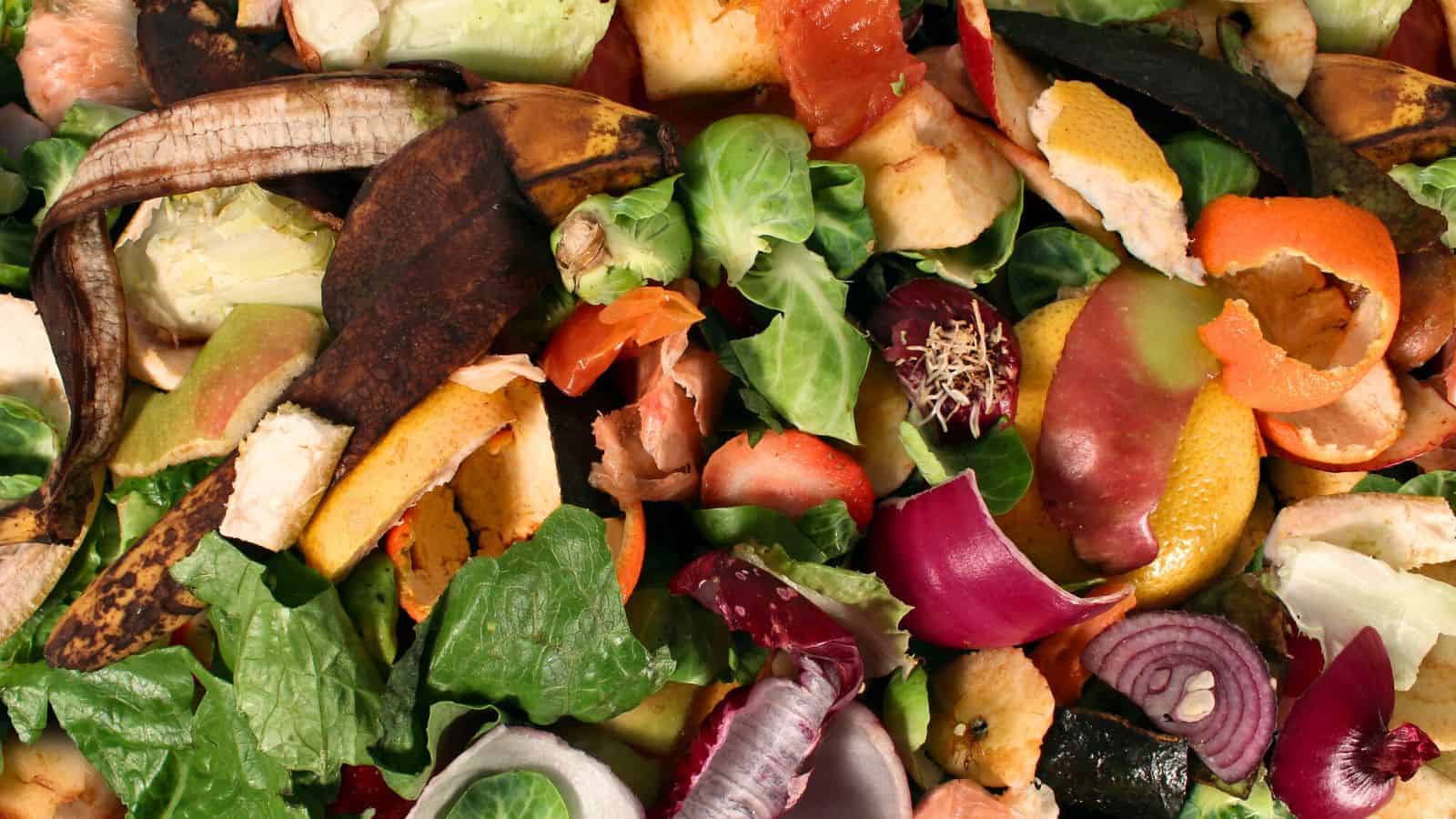
So, there you have it. Growing food from scraps is not only a great way to recycle but also a perfect method to enjoy fresh produce right at home. It’s simple, cost-effective, and incredibly rewarding to see your efforts turn into something edible and nutritious. You also get the added bonus of reducing your food waste footprint.
What's more is that it's also an excellent way to experiment with gardening, even if you don’t have a lot of space. And for those with kids, it’s a fun and educational project that can teach them about sustainability and the beauty of growing their own food.
Give it a try, and you might be surprised at how much you can grow from what you usually throw away. Not only will you save money, but you'll also have the satisfaction of knowing exactly where your food comes from. Start small, be patient, and watch as your kitchen scraps transform into a vibrant, productive garden.






Tell Me What You Think!